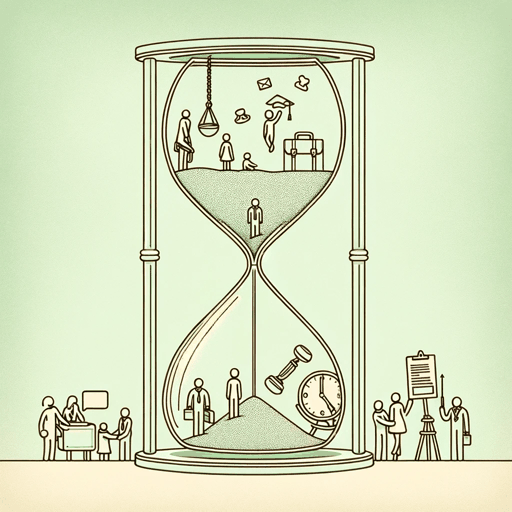59 pages • 1 hour read
Clayton M. ChristensenThe Innovator's Dilemma: When New Technologies Cause Great Firms to Fail
Nonfiction | Book | Adult | Published in 1997A modern alternative to SparkNotes and CliffsNotes, SuperSummary offers high-quality Study Guides with detailed chapter summaries and analysis of major themes, characters, and more.
Index of Terms
Disruptive Innovation
In Chapter 1, Clayton M. Christensen defines a disruptive innovation as the introduction of technology that “[redefines] performance trajectories” (9). This concept is the cornerstone of the book’s argument, distinguishing certain innovations for their capability to redefine the basis of product performance. In the disk drive industry, for instance, performance was typically measured against several attributes, such as disk capacity and disk access speed. The introduction of small disk drives was a disruptive technology because it was valued for an entirely different attribute—physical disk size. Once the technology’s applications caught up with the requirements of the mainstream market, it became performance-competitive with the products of established firms.
Innovation
Christensen defines innovation in relation to technology, indicating that while all companies use technology to transform resources into goods and services, innovation represents a change in the technologies that enhance the business process. This is a crucial distinction to make because Christensen subcategorizes innovations, labeling them as disruptive innovations or sustaining innovations, and this distinction is key to the book’s argument. This idea suggests that the book’s focus is not necessarily about the ownership of advantageous technologies; instead, it focuses on managing the process of changing that technology to gain a lead.
Related Titles
By Clayton M. Christensen


